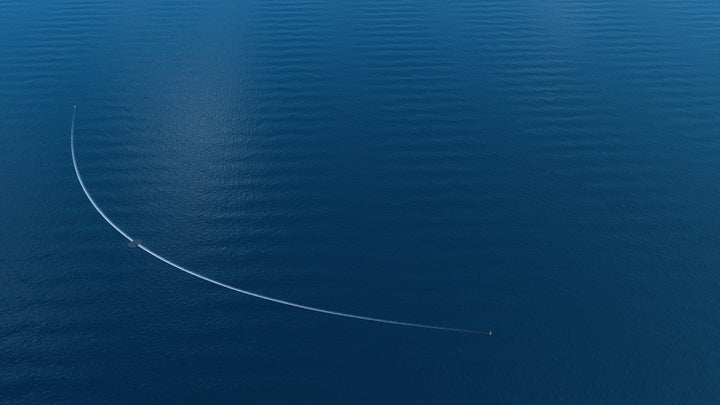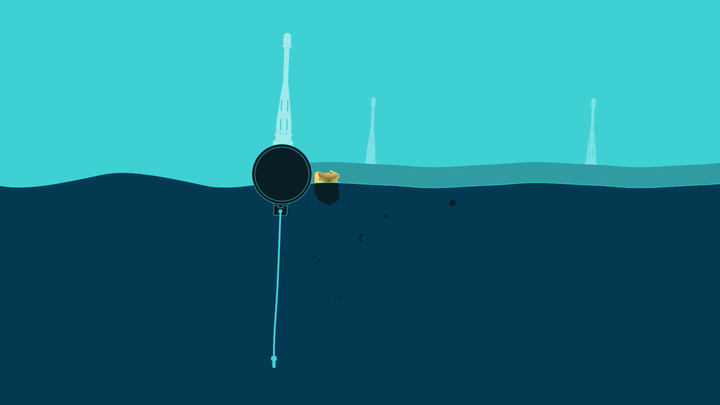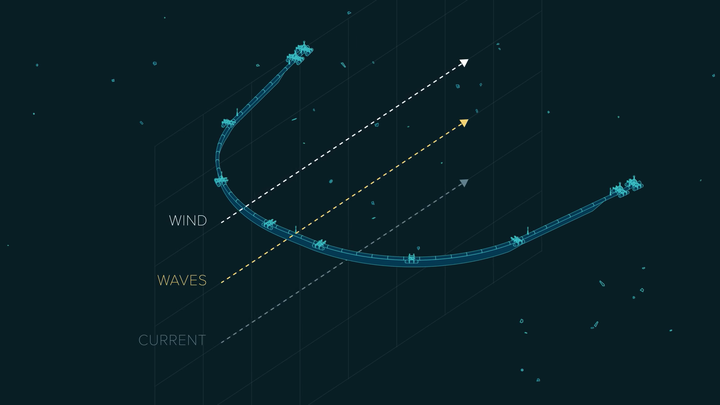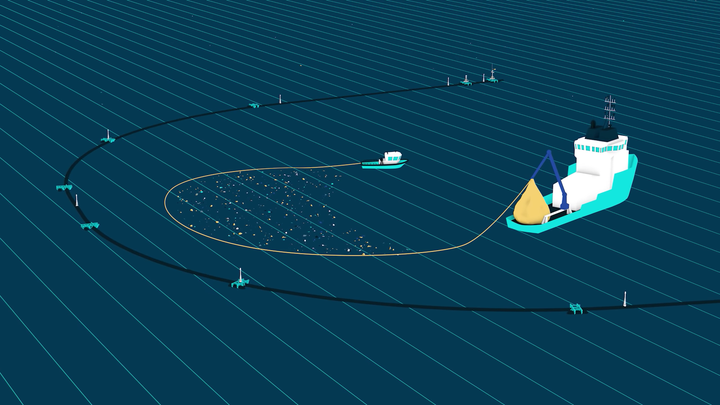A giant barrier designed to collect up the ocean’s rubbish will begin testing this week off the coast of San Francisco.
The brainchild of 23-year-old dutch inventor Boyan Slat, Ocean Cleanup’s System 001 is effectively a long floating boom which scoops up the rubbish found either floating on or just below the ocean’s surface.

Thanks to huge investment from silicon valley and elsewhere Slat was able to turn his design into a reality and the first prototype is currently being towed hundreds of miles off-shore where it will start a two-week testing period.
If the tests are successful it will then be towed 1,000-miles in the direction of Hawaii where it will be put to work on cleaning up a vast are of water littered in rubbish known as the Great Pacific Garbage Waste.
The 600m long boom is completely automated, using the ocean’s currents to pull it in the direction of the worst rubbish hotspots.
How does it work?
The genius behind Slat’s idea is its simplicity. The System 001 boom itself is a 600m long piece of large tubing which can gently bend. Beneath the tubing is a special skirt that’s around three meters deep in the centre and two meters deep at the edges.

This difference in length is what helps the boom gently curve into its ‘Pac Man’ shape as it’s driven by both the currents and the wind.
As most large plastic rubbish sits either on the surface or just below the boom doesn’t need a net. Also the use of a net would have presented the team with a pretty considerable challenge regarding sea life.
By following the currents the team can place the boom next to large concentrations of rubbish and then quite literally let nature do the rest. It’ll then move the boom faster than the plastic which in turn will result in the boom naturally collecting the rubbish inside it.

Thanks to an array of sensors on board the boom will know when it has reached full capacity at which point a message will be sent to a central office.
Once the message has been received a specialised cleanup vessel will go to the boom and collect the rubbish using a conventional net. The rubbish can then be taken back to shore for recycling and reuse.

Thanks to their passive nature, each boom is relatively low cost compared to the eye-watering estimates that had previously been put on the cost of cleaning up the oceans worst garbage spots.
Slat hopes to build around 60 of these booms which will stretch kilometres across the Pacific Ocean.
